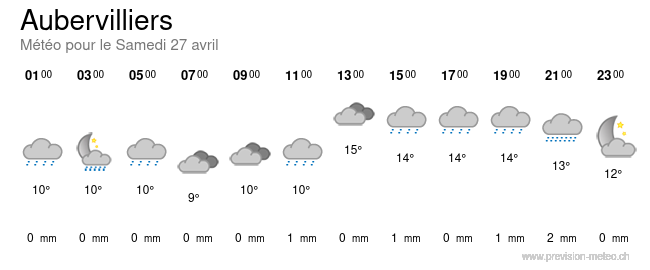| Titre : |
The cartulary of Alvingham Priory |
| Type de document : |
texte imprimé |
| Auteurs : |
Jill Redford, Editeur scientifique ; Lincoln record society, Editeur scientifique |
| Editeur : |
Lincoln : The Lincoln Record Society |
| Année de publication : |
2018 |
| Autre Editeur : |
Woodbridge : The Boydell Press |
| Collection : |
Kathleen Major series of medieval records num. 2 |
| Importance : |
1 vol. (L-580 p.) |
| Présentation : |
cartes, tables généalogiques |
| Format : |
24 cm |
| ISBN/ISSN/EAN : |
978-1-910653-04-3 |
| Langues : |
Anglais (eng) Latin (lat) |
| Résumé : |
Alvingham Priory (founded in 1155), situated just to the north-east of Louth in Lincolnshire, was one of the famous Gilbertine houses of the county: double houses of monks and nuns following the rule of St Gilbert of Sempringham. Its cartulary, created circa 1264, contains over 1,300 entries. Most are copies of charters granting lands, property, rents and privileges, but it also includes genealogies of benefactors, valuations of the priory's property, memoranda and accounts of disputes. Many documents record the names of those who entered the community as nuns or canons, or who were associating themselves with it by requests for confraternity or burial, throwing light on the way in which local families interacted with the priory and with each other. Meanwhile, the details of lands granted to the priory provide information about local land-holders, field- and place-names, farming practices and the various activities which supported the religious community. Although its holdings were scattered across north-east Lincolnshire, from Conesby to Boston and from Lincoln to Saltfleetby, much of the priory's property was located in the low-lying lands east of Louth, and its charters demonstrate the importance of the area's waterways, bridges, ditches and banks, not just as geographical boundaries but as resources to be exploited, maintained and, importantly, to be shared in a harmonious way by the local community, religious and lay. The documents are presented here with introduction and notes |
The cartulary of Alvingham Priory [texte imprimé] / Jill Redford, Editeur scientifique ; Lincoln record society, Editeur scientifique . - Lincoln : The Lincoln Record Society : Woodbridge : The Boydell Press, 2018 . - 1 vol. (L-580 p.) : cartes, tables généalogiques ; 24 cm. - ( Kathleen Major series of medieval records; 2) . ISBN : 978-1-910653-04-3 Langues : Anglais ( eng) Latin ( lat)
| Résumé : |
Alvingham Priory (founded in 1155), situated just to the north-east of Louth in Lincolnshire, was one of the famous Gilbertine houses of the county: double houses of monks and nuns following the rule of St Gilbert of Sempringham. Its cartulary, created circa 1264, contains over 1,300 entries. Most are copies of charters granting lands, property, rents and privileges, but it also includes genealogies of benefactors, valuations of the priory's property, memoranda and accounts of disputes. Many documents record the names of those who entered the community as nuns or canons, or who were associating themselves with it by requests for confraternity or burial, throwing light on the way in which local families interacted with the priory and with each other. Meanwhile, the details of lands granted to the priory provide information about local land-holders, field- and place-names, farming practices and the various activities which supported the religious community. Although its holdings were scattered across north-east Lincolnshire, from Conesby to Boston and from Lincoln to Saltfleetby, much of the priory's property was located in the low-lying lands east of Louth, and its charters demonstrate the importance of the area's waterways, bridges, ditches and banks, not just as geographical boundaries but as resources to be exploited, maintained and, importantly, to be shared in a harmonious way by the local community, religious and lay. The documents are presented here with introduction and notes |
|  |


 Faire une suggestion Affiner la recherche Interroger des sources externes
Faire une suggestion Affiner la recherche Interroger des sources externesThe cartulary of Alvingham Priory (2018)




